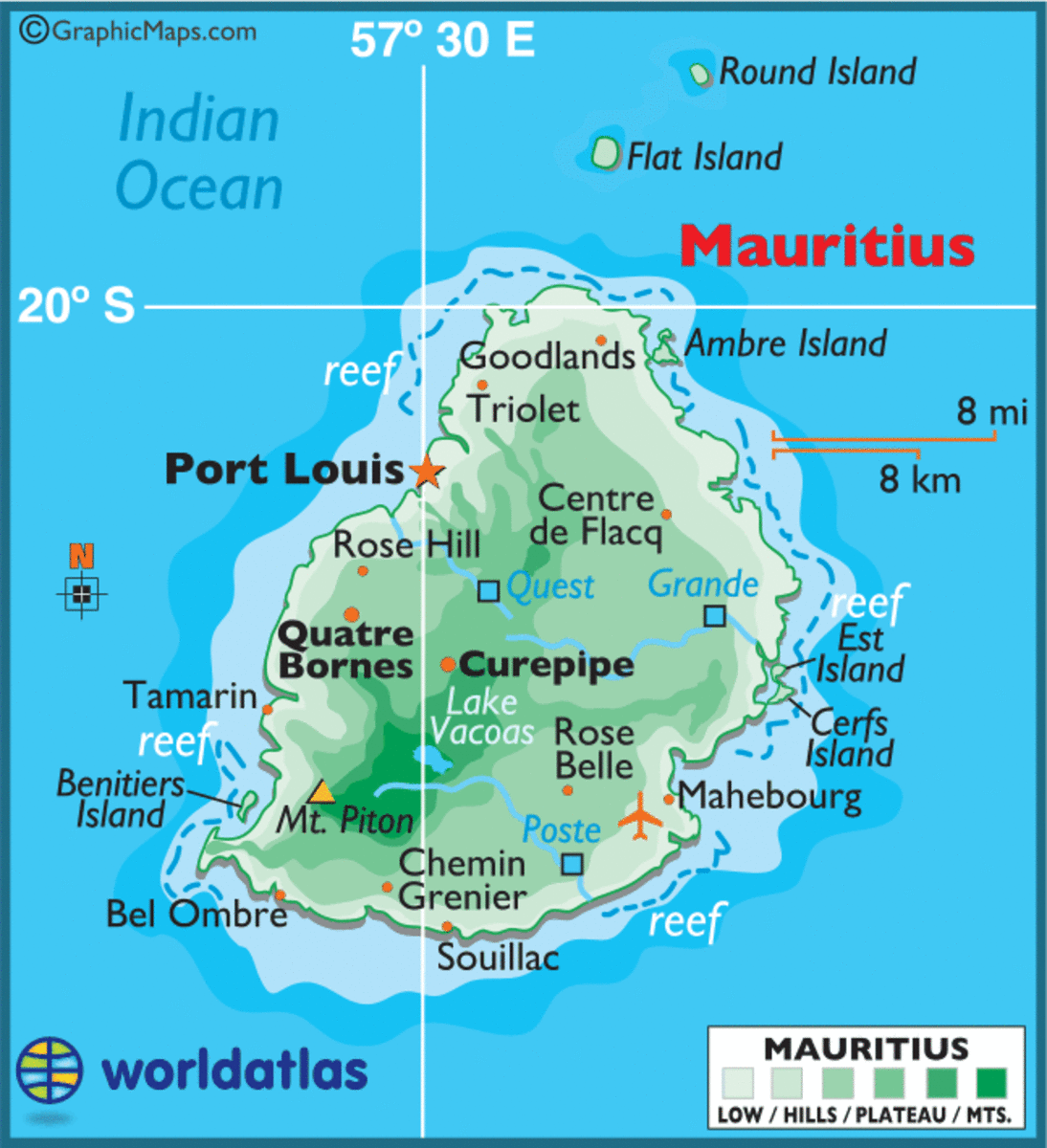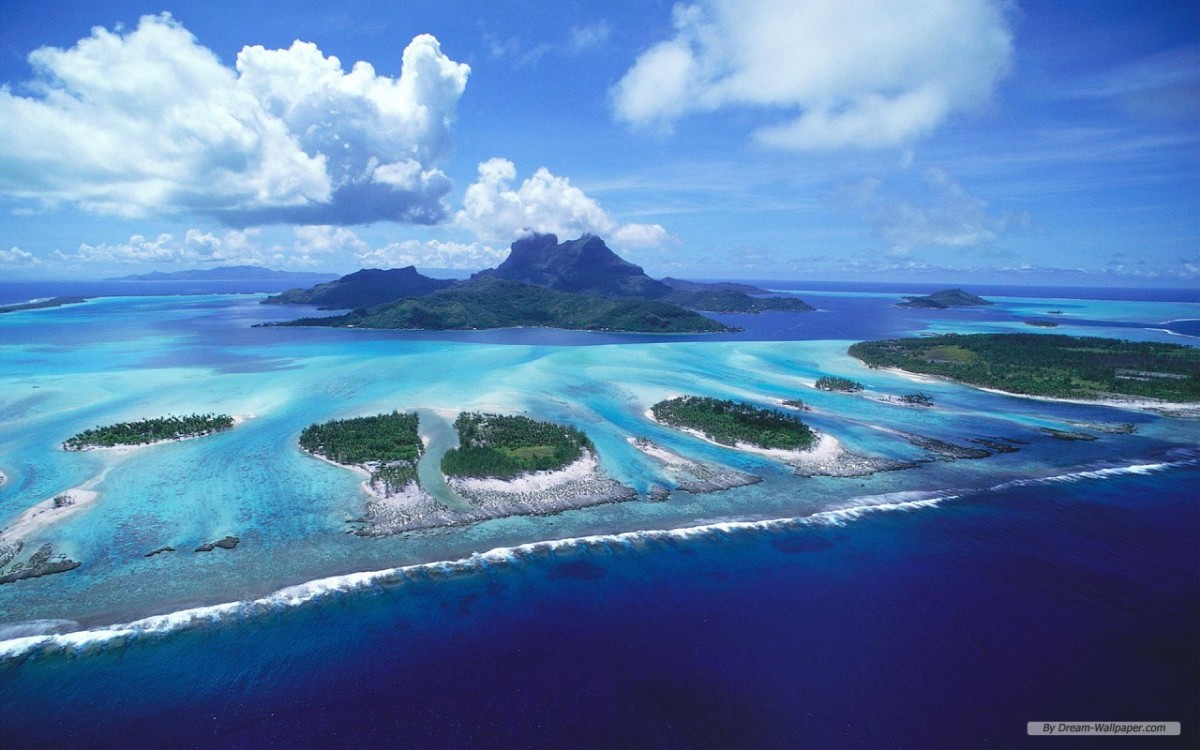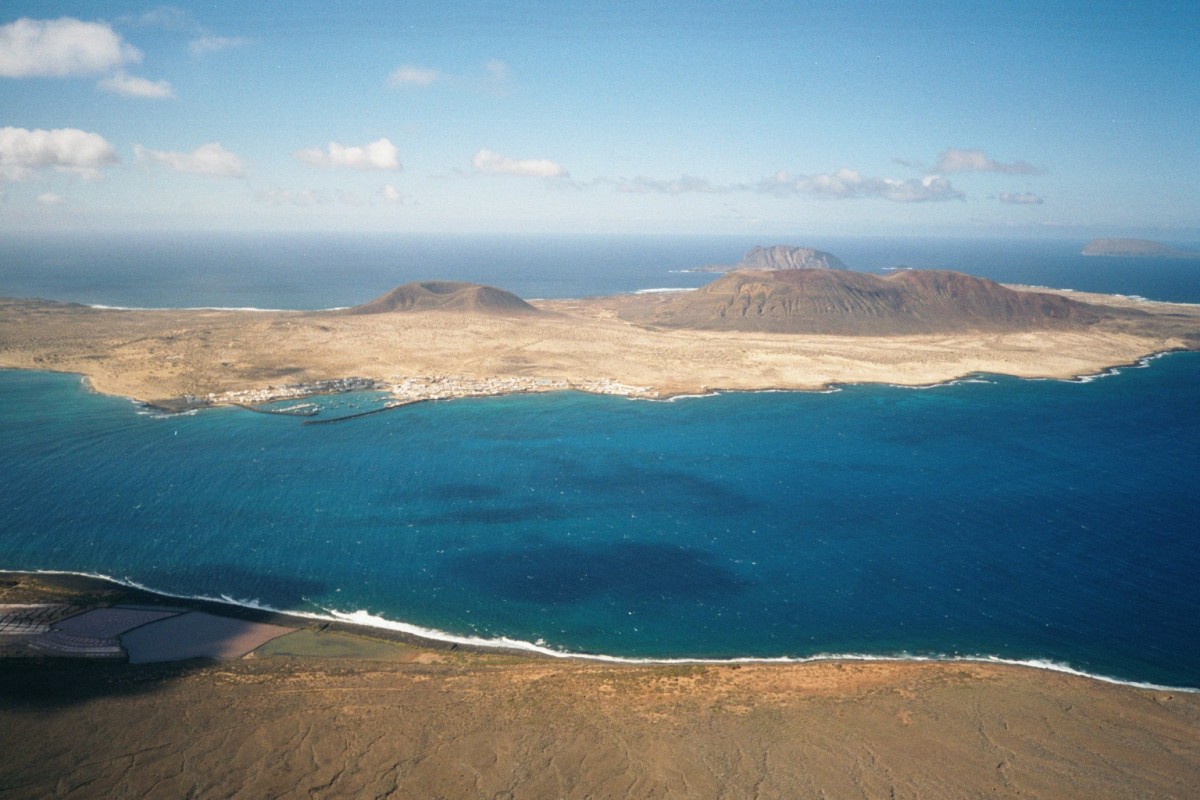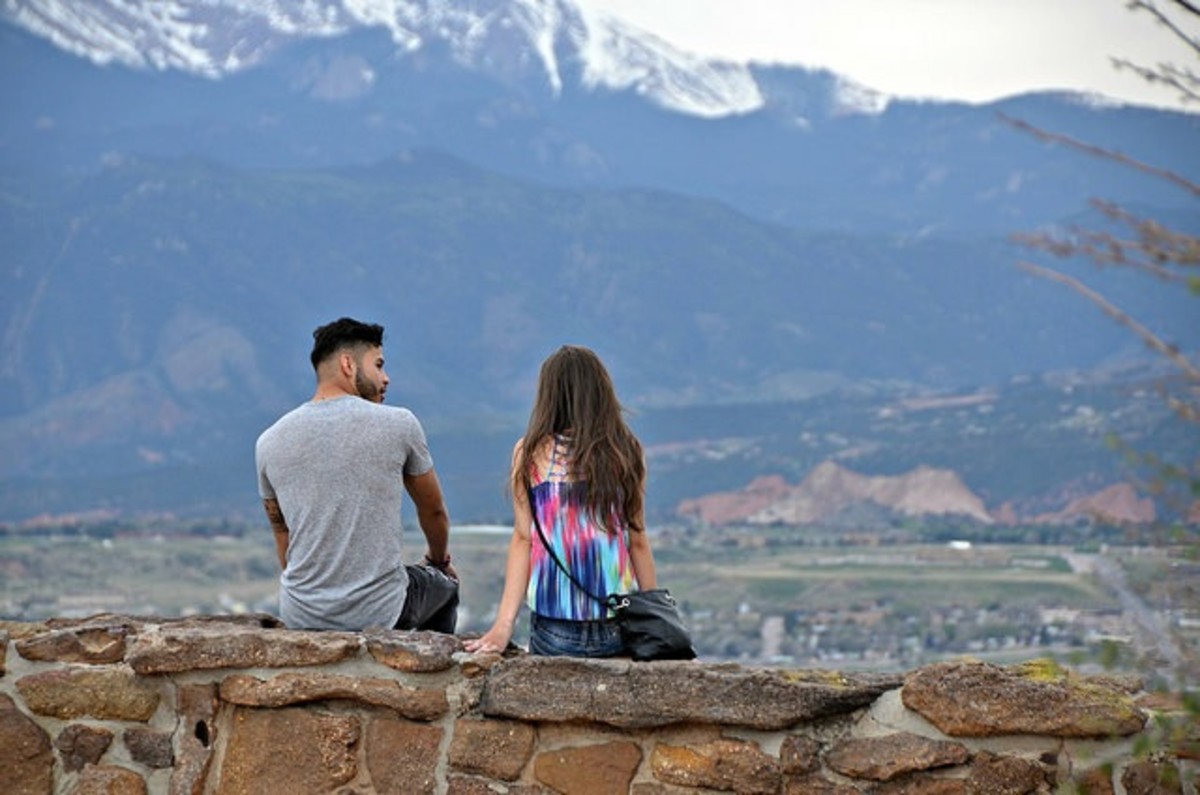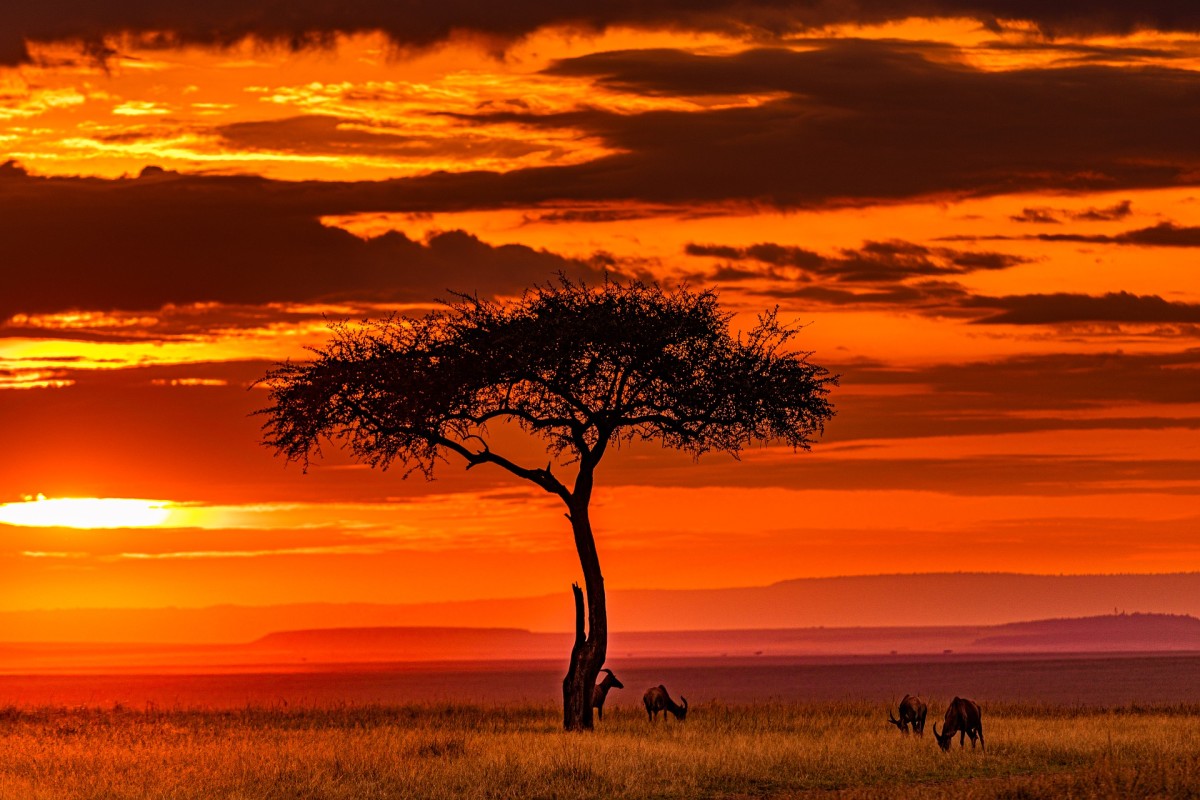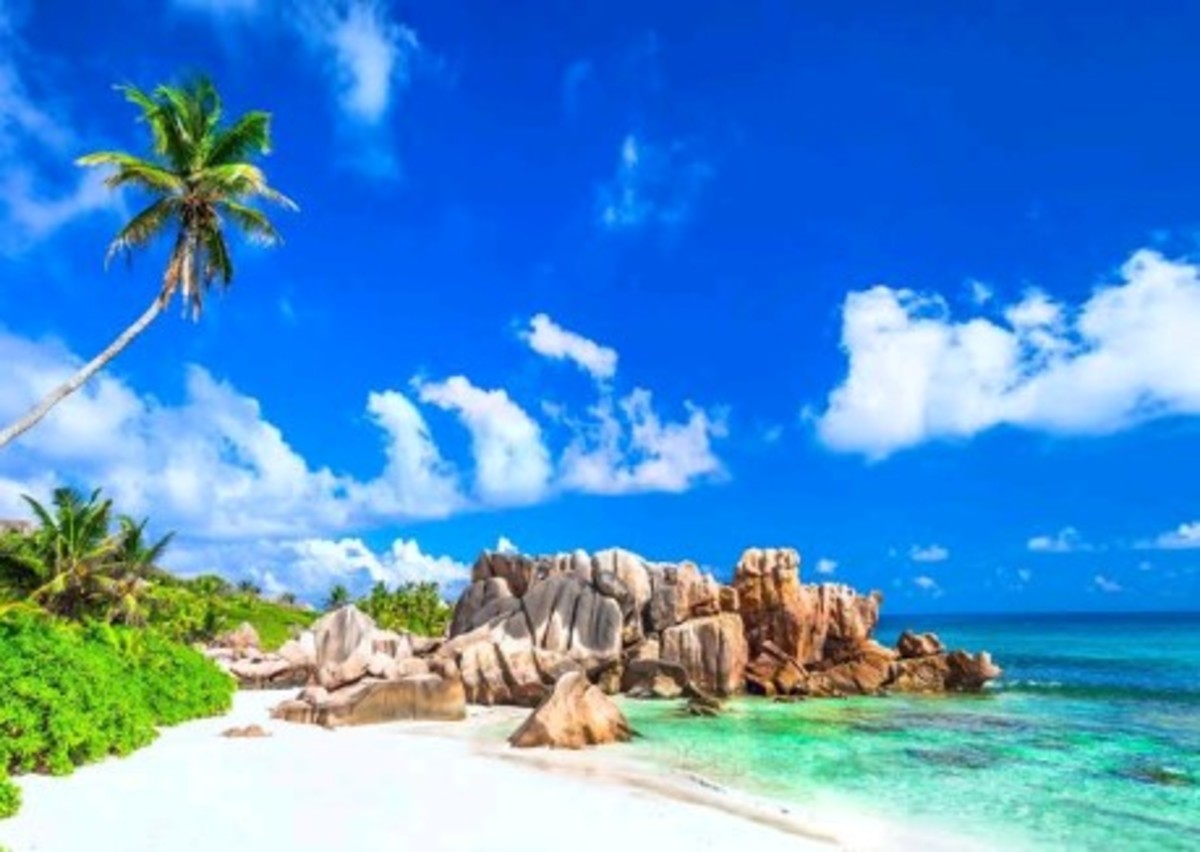Discover the Vanilla and Paradise Islands!
The Vanilla and Paradise Islands on the Coast of East Africa
The Vanilla Islands
The Vanilla Islands are named after the vanilla plants that were introduced in those islands as cash crops by the French in the18th century.
Among the Vanilla Island there are the Mascarene islands of Mauritius, Rodrigues and Reunion but also the Comoros archipelagos which form a cluster of four islands and finally the big island of Madagascar.
Mauritius and Rodrigues
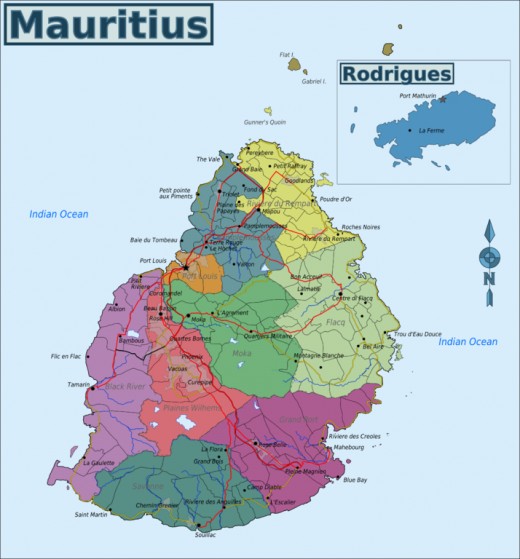
Mauritius and Rodrigues
Mauritius along with Reunion and Rodrigues forms part of the Mascarene archipelagos after the Portuguese Diego de Mascarenhas. It lies at 855 kilometres on the east of Madagascar, and serves as a cross road between the African and Asian continent. Only around 2400 kilometres separate it from mainland Africa and around 3,900 kilometres southwest of India.
The oldest map featuring the Mascarenhas islands a map dated 1502 where Mauritius was shown under the Arab name of Dina Arobi, Rodrigues under the name of Dina Moraze and Reunion Island under that of Dina Maghreb. It is said that the Arabs did not settle on the islands because there were no inhabitants.
When in 1715, the French landed in Port North West of Mauritius, now known as Les Salines and rename it Isle de France, they were already present in Reunion Island and Madagascar. They were waiting for an opportunity to take possession of Mauritius.
Unlike the Portuguese and Dutch who used the mascarene mainly as ports of call on the spice route trip from Europe to India or the East Indies,The French were strong willed people. They did not allow the harsh sunny and humid climate that is present in this part of the world prevent them from settling in. They fought the odds with creativity and partnered with uncommon allies to bring forward whatever they wanted to do.
Instead of feeding on a plethora of birds or exploiting to extinction every valuable flora or fauna they could find, the French fought the odds with creativity and partnered with uncommon allies to bring forward whatever they wanted to do.
They brought slaves from Africa and India but also free artisans from South India to build up the island. Mahe de Labourdonnais went out of his way to encourage French bourgeoisie to come to settle in the island. Widowed, poor or orphaned females were encouraged to come to the island to get married and increase the population of the island.
Though the French claimed Reunion islands first, but they preferred Mauritius, because of Port Louis.
Rodrigues is both one of the three islands of the Mascarene Archipelagos and the 10th district of Mauritius with autonomous sovereignty. It is approximately 560 Kilometres on the East of Mauritius and is 109 kilometres in size. It is surrounded by coral reef and its highest peak is only 355 metres high.
People were mainly from Europe, Africa and India. The economy was diverse and the island was surviving. It was a stratified society mostly based on the colour of the skin as specified by the French laws, the Code Noir and the Catholic creed but these were not always respected.
It was King of France's chosen administrator, Pierre Poivre, a botanist, who introduced spice and perfume culture in the region.
In 1810 the British invaded the island and renamed it Mauritius. They abolished slavery and brought coolies as indentured labourers to replace the coercive workforce. They encouraged sugarcane as cash crop industry and help build the structure to support it. Merchants from India and China were encouraged to come and trade in Mauritius. The population was now cosmopolitan with a variety of different cultures offering a diverse mixture of ways and manners of doing things.
But, unfortunately, by encouraging the sugarcane and Tea plantation the British also relegated the spices to lesser importance. Vanilla can hardly be found in Mauritius.
In 1968 Mauritius gained its independence from the British and has since then been a sovereign nation, with a pragmatic, hardworking, materialist and easy going people who have chosen self-determination to make it into the world.
Now, tourism is one of the pillars of the Mauritian economy. It started with the exotic sea, sun and sex in the 1980s and has since moved to more historical, cultural and sustainable tourism. Sea activities scuba driving, undersea trekking, diving, visiting small islands or simply swimming in the azure lagoon are for those who enjoy the sea. For those who love culture they will find Port Louis, heritage sites of Le Mornes and the Apravasi Ghat and some of the religious places on the island more than interesting. As for those who love shopping there is the Port Louis Market, the Caudan and a number of malls and factory shops around for shopping. And finally, if a person loves nature the Pamplemousses will remind her of Pierre Poivre, there are also several nature parks, nature trails and the gorge in the west of the island that would leave a lasting impression on the visitor.
Rodrigues history is very much linked to that of Mauritius since the French took Mauritius in 1715.
In 1691, the Huguenot, Francois Leguat and seven of his companions came to the island running from England. They lived on the natural resources, made up of rich flora with around 40 species trees, fruit bats, birds endemic to the island, damsel fish, crustaceans until the arrival of the French in the 18th century. The French brought African slaves for farming and animal breeding. These forms most of today’s Rodrigues population of around 400,000.
Someone who visits Rodrigues would like the Francois Legat park as it is a jump into the wild life of Rodrigues. The Trou D’Argent Beach and la Cave Patate are places of interest as well. There are a number of tourist activities such as Tyrodrigue or Diving centres for those who love adrenaline should not miss. Tourism in Rodrigues is environmental friendly and sustainable.
Mauritius
Rodrigues
Reunion Island
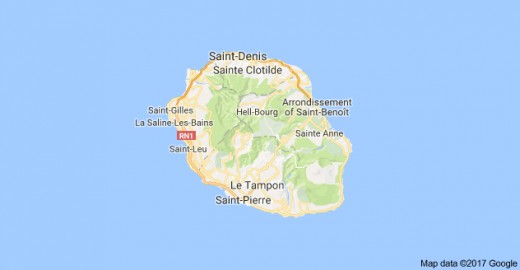
Reunion Island
Reunion Island is situated between Madagascar and Mauritius. It forms along with Mauritius and Rodrigues the Mascarene islands.
The land area covers around 2,510 square kilometres and it has one of the highest, if not the highest, point above sea level among the nearby Islands which is the Piton des Neiges at 10,069 feet high.
The population is around 900,000 and the official language is French, though the most common language is Creole. The major religion is christianity but Islam, Buddhism and Hinduism are present on the island. Life expectancy is 74 years for men and 82 for women. The currency is the Euro.
In 1643, the French claimed the land and named it Bourbon Island. They established their first colony in 1662 and started importing slaves from Africa for sugar plantation, In 1793, the French renamed the land Reunion island because they decided to have their main port in Mauritius. When the British invaded Mauritius in 1810 they occupied Ile de la Reunion, for a short period before returning it to France in 1815. Therefore, sugarcane plantation was never practice as extensively as it was done in Mauritius. Hence, the vanilla industry had better survival opportunities.
While Mauritius decided to ask independence from the British, Reunion Island decided to remain French. One of the reasons is that though Reunion Island enjoys the same status as any commune on the mainland of France, like Mayotte the economy of the island is very much dependent on the aid it receives from Paris and on European tourists. Otherwise the sugarcane industry and other meagre exports cannot meet the necessary income for the island needs.
Though over the time there was migrative influx from the different continent created a mosaic of cultures and people of African, Chinese, Malay, Indian and ethnic mixed race, Reunion Island is typically creole and the people are open to differences.
There are a number of things to visit on the island from the Piton de la Fournaise, which has been branded, as a heritage site to the hiking of the circus of Mafate, Salazie and Cilaos or trekking among the lush vegetation. Other amazing places of wonders are the lunar landscape on the Plaine des Sables, La Sucreries de Bois Rouge where sugar is made. In any case, on many of these sites a visitor will be transported by the vanilla essence.
Reunion Island
Comoros Isles
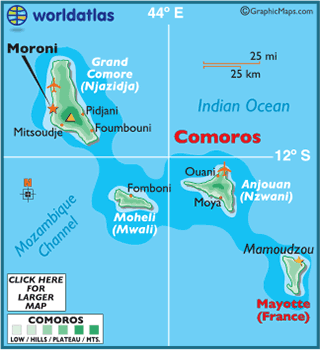
The Comoros Islands
The Comoros Isles form an archipelago that lies, in the Mozambique channel, between Africa and Madagascar. It is a cluster of four islands, the Grande Comoro, Anjouan, Moheli and Mayotte.
Mayotte is considered as a French commune while the three other islands form the Union of Comoros isles.
The islands were rarely visited by outsiders between 1974 and 2000 mainly due to political unrest. The archipelagos belonged to France since 1886 and when in 1974 there was a referendum on whether the islands wanted independence or become a French colony, Mayotte decided to remain with France. This has created a lot of hard feelings in between the inhabitants of the different islands.
The Union of Comoros isles and are inhabited by a sparse population of around 800,000 extended over an area of 1,862 square kilometres. The major languages are Arabic, French and Comoran (a blend of Swahili and Arabic) and the major religion is Islam. The life expectancy is 60 years for men and 63 for women. And their currency is Comoran Franc.
Mayotte is one of the most eastward islands among the Comoros isle. It extends over an area of 374 kilometre square and is surrounded by coral barrier reef in one of the largest lagoon in the world. The two main islands of Mayotte, which consist of a cluster of smaller islands, are Petite Terre and Grande Terre.
Mayotte comes from the Swahili words Mahore or Maote. In 2010, the island expressed its desire to remain a French colony confirming the choice made in 1974.
Mayotte population is made up from a mixture of Mahorans, Africans, Malagasy, Comoreans, Indians, Arabs and Europeans. The islands has always been opened to merchants and migrants from Africa or nearby islands. Islam, the main religion, was brought by converted Muslim Persian merchants ten centuries. The language spoken is Shimaore, a mixture of Comorian, Malagasy and Swahili.
Unlike the other islands forming the Union of Comoros, Mayotte is matriarcal and matrilocal society. In Mayotte it is the mother who builds the matrimonial house for her daughter where the husband is treated as a guest. In case of separation, the man has to look for another wife with a house. This is a sharp contrast with the Comorians, where the women who marry in the community are relocated in the husband's family and become a member of his clan.
Until the late, 1990's and early 2000 no less than twenty coups or attempted coups have marred the political life of the islanders creating turmoil that had devastating effect on the economy. Few people were prepared to brave the dangers that loom towards any foreigner who dared travel in those islands drowned into political upheavals. The islands have remained mostly untourist in a region where tourism is a pillar or one of the pillars of the economy.
The Union of Comoros Isles is a secret paradise with beautiful pristine beaches and natural beauty still untouched by tourism. Any visitor to the Comoros isles is welcomed by the sweet, delicious scents of gloves, Ylang Ylang and vanilla that waft through the air. Spices and perfumes are cash crops for the islands and are their main exports.
Comoros people are hospitable and the Comoros came out on top in a survey of women’s rights in 21 Arab League States from a survey done 336 gender experts from Thomson Reuters Foundation in 2003.
Among the beautiful sites to visit on the comoros islands is the Karthala volcano. it is an active volcano of 8000 feet high, found on the main and largest island, the Grande Comore. There is also a secret salt lake in the crater which appeared after an eruption devastated the city of Niamawi in the 16th century. It would be hard for a visitor not to marvel at the sight of sea-turtles, dolphins and hump-back whales in one of the biggest marine park of the region which is found on Maheli island.
The currency used on Mayotte is the Euro and sometimes the invasion of nearby islanders or Africans are detrimental to the economy. It led the Maharans to choose the coat of arms in 1982 which shows a crescent moon that represent Islam and two Ylang-Ylang flowers, a cash crop, from which the perfume oil is extracted with blue white and red in the background representing the French flag. There is also a border that represents the coral reef, and two seahorses with an inscription Rahachiri beneath meaning we are vigilant.
Someone who visits the island is intrigued by the double barrier reef which offers a natural shelter for exceptional sea water animals. It offers the visitors not only the possibilities of observing animals such as dolphins, humpback whales and sea turtle very closely but also to swim with some of the most enchanting sea creatures on the planet. The Saziley reserves offers another rich discovery of the flora and fauna of the island and immersion into its intoxicating Ylang Ylang scent.
Comoros Isle
Mayotte
Madagascar
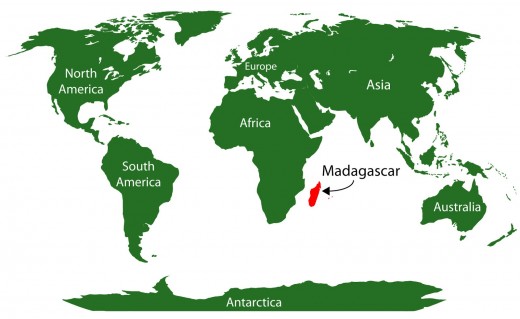
Madagascar
Madagascar, is the last of the Vanilla Island. It is a major land mass of 581540 square kilometres in size, and is situated about 425 kilometres off the coast of South Africa. Its coastline extends over 4,828 kilometres.
Madagascar is one of the richest place on earth in term of natural resources and its unique flora and fauna in the world.
The first inhabitants of Madagascar were from present-day Indonesia. They came and settled in around 350 A.D. By the 7th century, Persian traders started visiting the island encouraging other Africans to migrate to Madagascar.
The Island's history is as rich as its soil, from the 16th to late 19th centuries the native Merina Kingdom ruled over Madagascar. But the influx of European foreigners and opportunities for amassing wealth made that by the end to the 17th century up to 18th century the island was transformed into a pirate stronghold. And by 19th century it became a slave trading centre.
In 1896, the island was invaded and claimed by the French which turned it into one of their colonies. It was the time when vanilla, spices and perfume plants were introduced in the island.
Madagascar gained its independence in 1960 but it would drift into a single party rule that would created political instability and poverty for the people until today. This has helped to keep the traditional way of life in some places and to date spices and vanilla are still planted as cash crops.
Madagascar's breath taking nature and wildlife are the major attractions on the island because they are unique in the whole world. The natural reserves of Nosy Be and Andasibe provide safe environments to discover the Lemurians and other unique species proper to Madagascar like the baobab of Marondava. They are beautiful handmade crafts, which are also unparalleled in their combination of African features with Asian skills.
Madagascar (Documentary, Discovery, History)
Seychelles
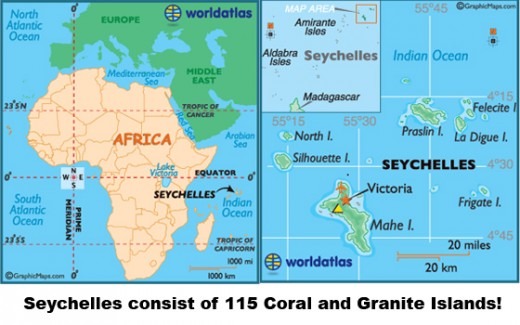
The paradise Islands of Seychelles
Seychelles was part of the vanilla islands until the inhabitants have decided to give precedence to the indigenous plants and recreate the paradise that it once was.
It is an archipelagos of 115 islands that stand on its own on the East of Africa, as it shares border with no other country. It covers 455 square kilometres and is the 203rd largest nation of the world. The Seychelles' currency is the Seychellois Rupee (SCR) and its inhabitants are referred to as Seychellois. The inhabitants of the Island descend mostly from colonisers, slaves and pirates, who came at different time in its history.
The history of Seychelles share more of less the same pattern of the other islands mentioned above. Seychelles got its independence from England in 1976 but the Seychellois were keen to restore and preserve their islands natural resources in terms of flora and fauna.
When the French arrived, indigenous plants were destroyed in favour of spices such as cinnamon, perfume and citrus plants like Ylang Ylang and lemon. When the British came in 1814 it was the sea-turtle that suffered massively and pirates were fond of giant tortoise which were taken on board as fresh meat during their trip.
Though it is an ongoing battle to preserve the ecosystem of the island, the Seychellois have succeeded in restoring most of its original beauty. It is an island with a sweet taste of the paradise that most of the Islands of this part of the Indian ocean could have looked like before the arrival of human.
Nature is the most attractive feature in Seychelles. Indigenous plants and animals that have suffered from colonisers, pirates, and unsustainable farming are being reintroduced. Nowhere else in the world, would a hawksbill turtle come to lay its egg on the beach during daytime.
A visitor might be interested to dive in the lush forest on Frigate Island or enjoy Anse Maquereaux. One is marvelled by the sight of the Aldabra tortoise and the endemic birds like the white eye, Warbler or blue pigeon. The Baie Lazare, Beau Vallon Mornes Seychellois National Park, Ste Anne National Park and Victorias are among the public places that have been restored and are now reserve park.
Tourism is the main activity of the island and the Seychellois have been developed specific activities on specific islands.
Seychelles
© 2017 NLD

